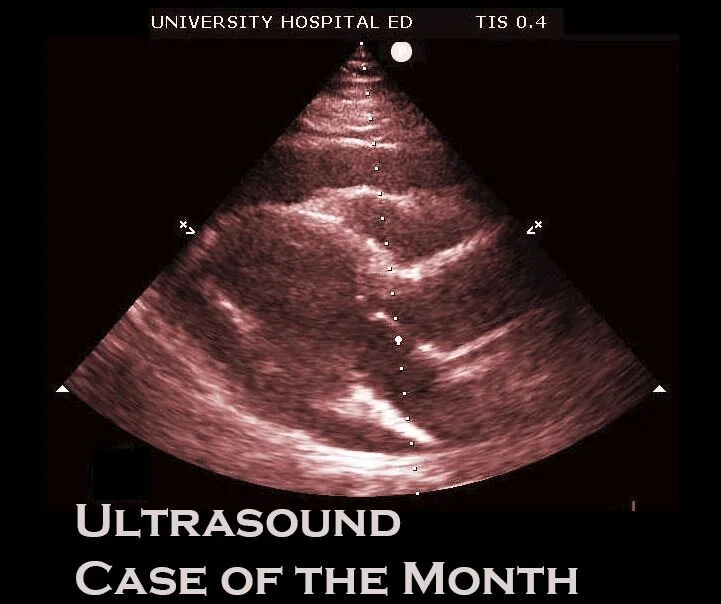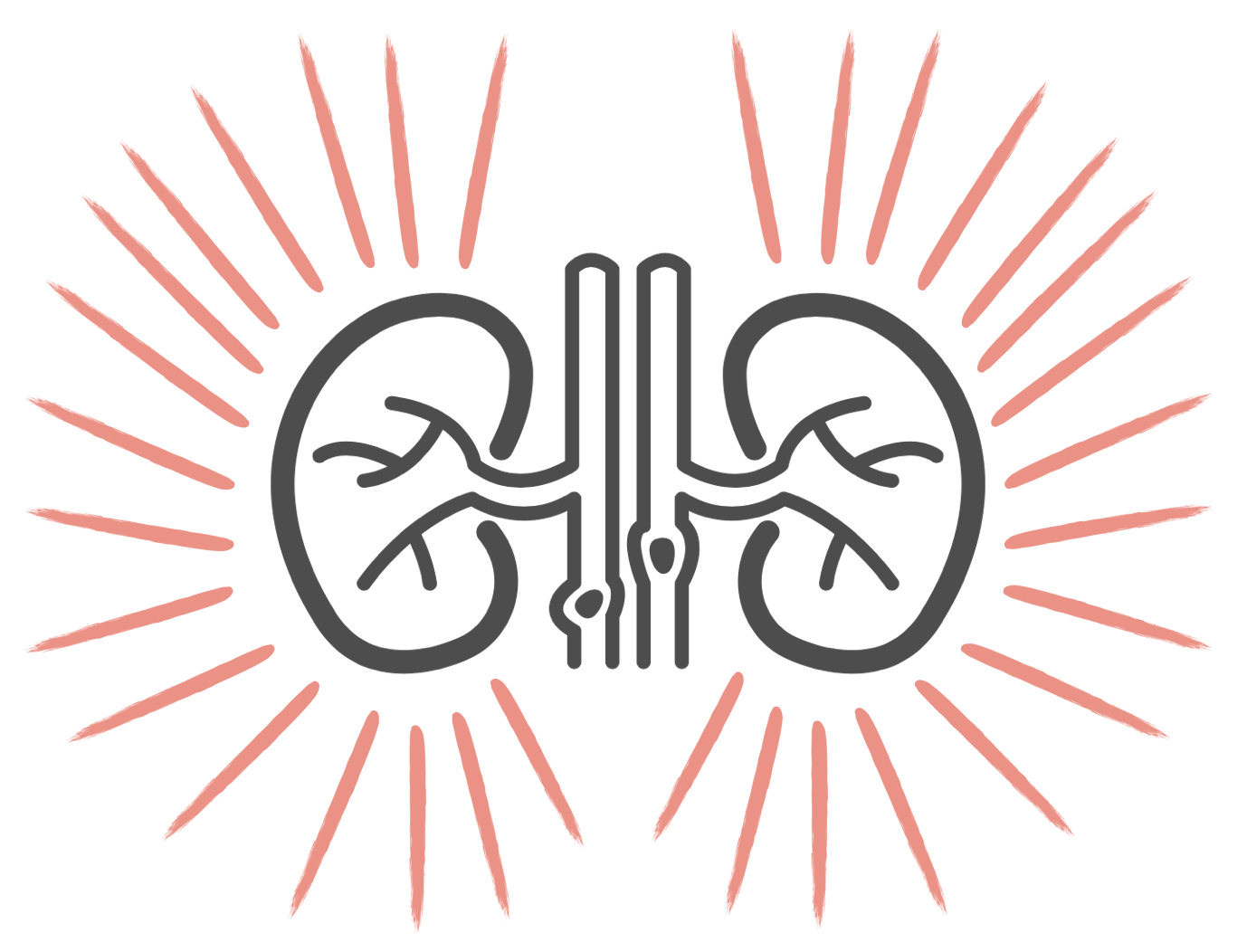Grand Rounds Recap 04.21.21
/Extra! Extra! We had excellent content this week in Grand Rounds. Dr. Paulsen started us off with discussing the difference in generational and gender-based communication approaches in our quarterly Leadership Curriculum. Drs. Frankenfeld and Ijaz then expertly discussed their new status epilepticus algorithm in QI/KT. Dr. Hill discussed his passion for diltiazem use in A.fib with RVR in his attending case follow up. Dr. Martella educated us on the evidence behind the most common medications given for renal colic in the ED during his R1 Clinical Treatment. Lastly, Drs. Broadstock and Lang battled it out in CPC involving a case of thyroid storm.
Read More








